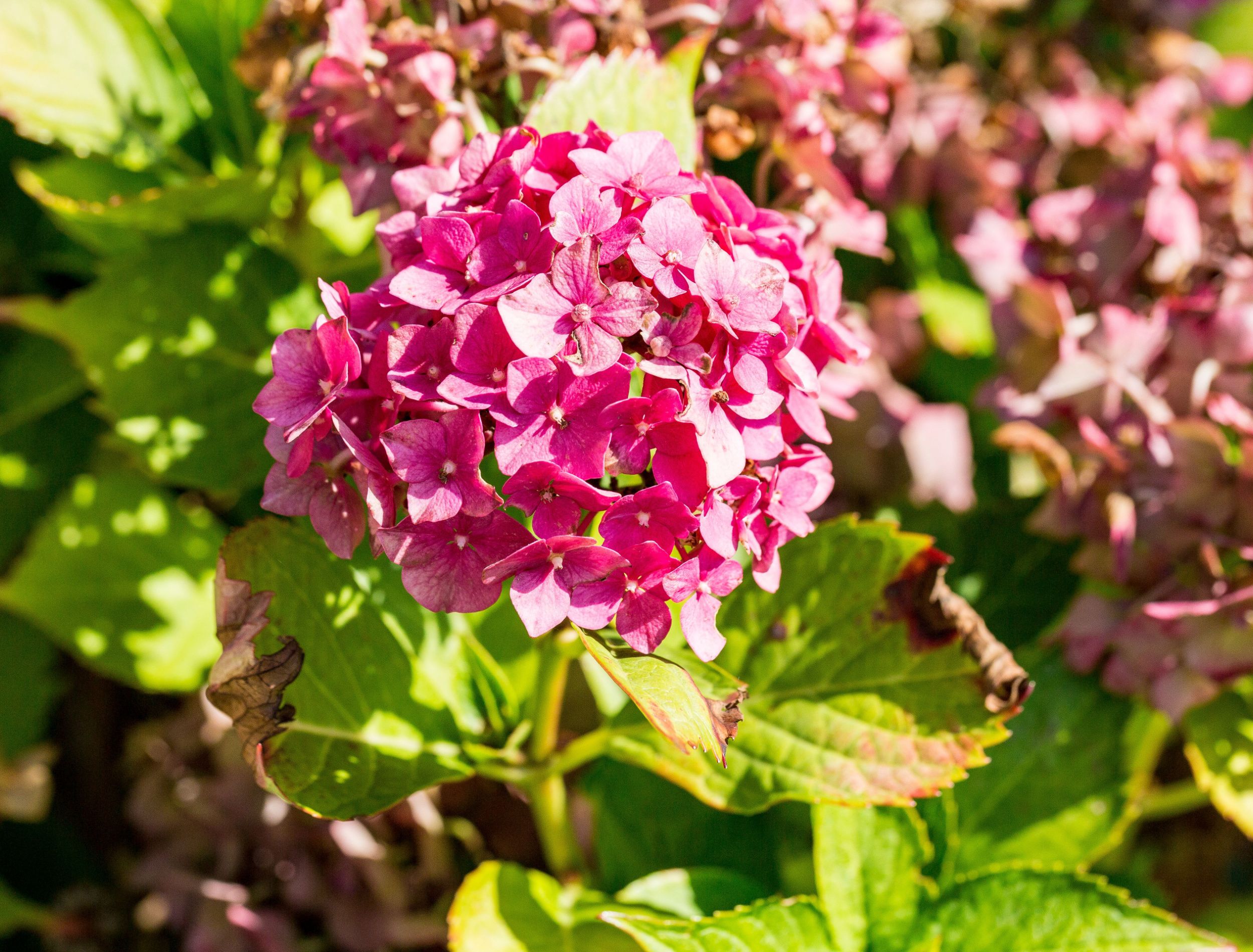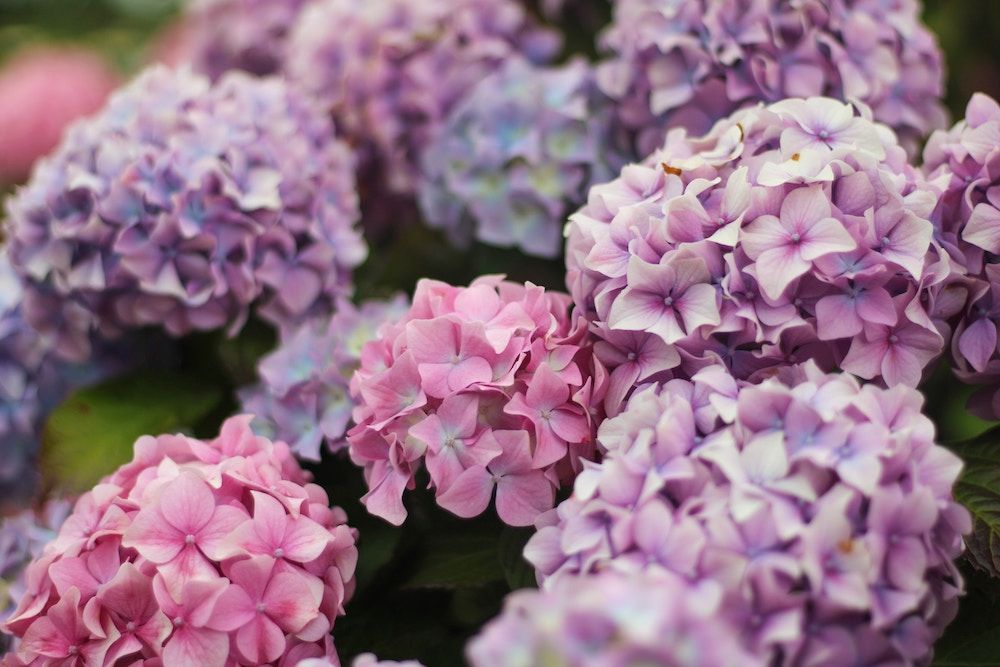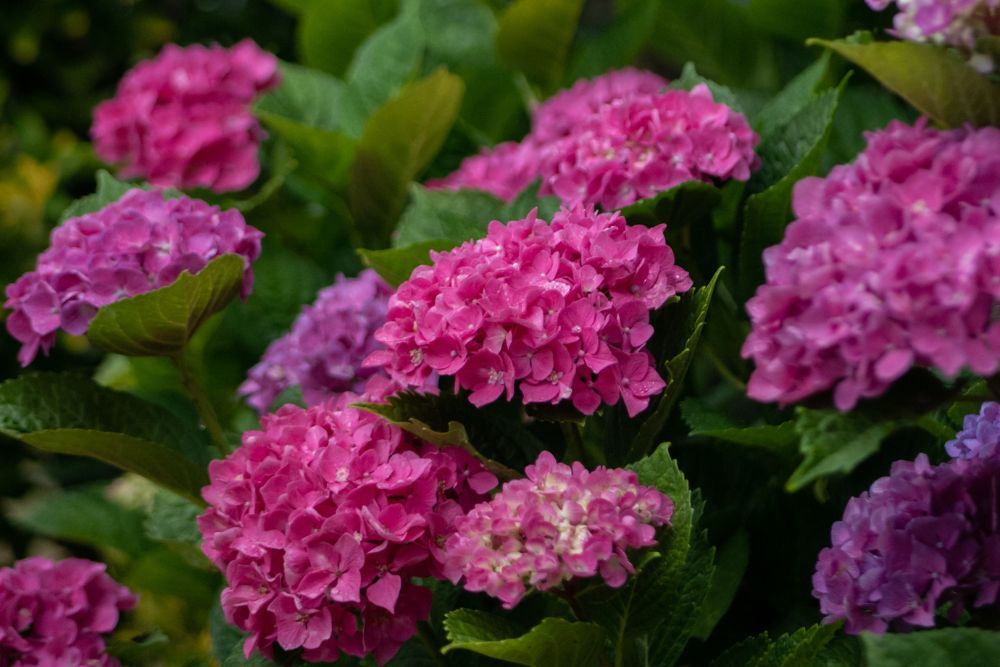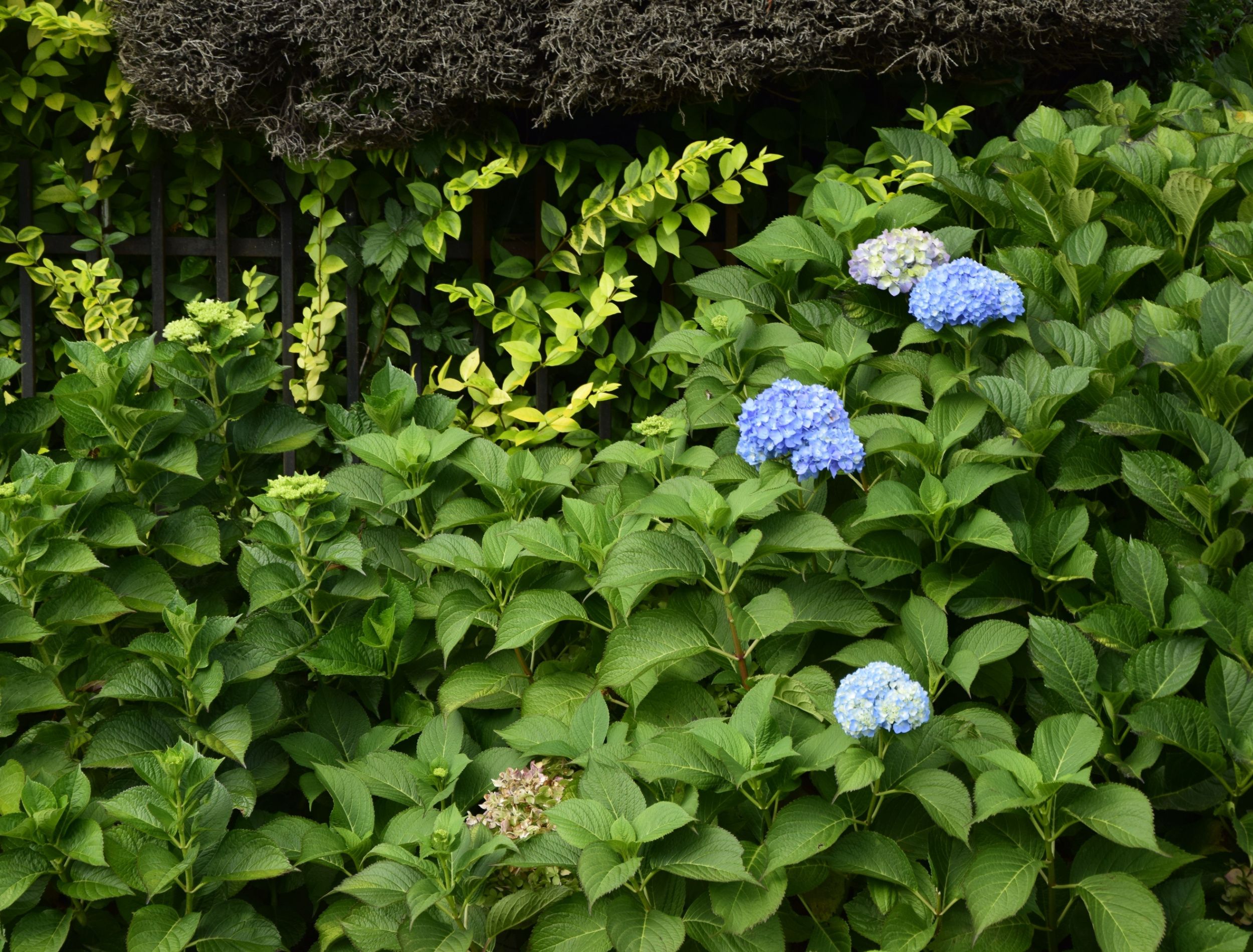Hydrangeas are a popular flower among gardeners and home décor enthusiasts alike. Their beautiful blossoms make yards and houses look instantly more cheerful and inviting, which is why they remain one of the most beloved plants in gardens around the world.
However, these delicate flowers may sometimes be challenging to keep alive and thriving. You may find yourself with wilted leaves or unhappy stems if you don't know how best to care for them! Discover some of the common problems with hydrangeas and learn how to handle these issues, so your hydrangeas stay healthy and gorgeous all season long!
Poor or No Flowering
One of the most common problems with hydrangeas is poor or lack of blooms. This may be because of several factors.
Over Pruning
To know how much you should prune, you first need to know what hydrangea you have. When it comes to mopheads and lacecaps, they bloom on old wood. So, if the shrub is old and established, clip the branches to the ground. Cutting back all the branches to the ground may hinder flowering for that season but will bloom nicely the year after.
Smooth hydrangeas bloom on new wood, so hard prune them 12 inches down from the soil line. Pee Gee and Oakleaf hydrangeas bloom on new wood and old wood, respectively. So just thin them out, remove about 1/3 of the total growth, and remove dead or diseased wood. Remove dead or diseased wood from your hydrangeas at any time.
Pruning at the Wrong Time
If you don't get the timing pruning right, your efforts could end up causing more harm than good.
Oakleaf hydrangeas, like the mopheads and lacecaps, bloom on old wood so prune them after they finish flowering in mid-spring or early summer. Pee Gee and Smooth varieties of hydrangea grow on new wood so prune those in early spring before new growth begins. Bigleaf hydrangeas also bloom on old wood, so prune them after they have finished flowering.
The consequences of pruning at the wrong time could range from stunting flowering to even killing your hydrangea. For instance, if you prune a Pee Gee or Smooth hydrangea in late spring or summer, you'll remove the buds that would have bloomed. Pruning an Oakleaf hydrangea too early also prevents blooms from forming - it needs old wood for flower buds to develop.
To avoid these problems altogether, make sure you understand what type of hydrangea you are growing!
Over Fertilizing
When it comes to fertilizing your hydrangeas, less is more. Over-fertilizing with a high nitrogen fertilizer may lead to several problems, most notably in reducing flowering or causing the plant to become too 'leggy', with excessive green leafy growth and few blossoms.
If you choose to fertilize your hydrangea, use a fertilizer with a balanced N-P-K ratio (indicating nitrogen, phosphorus, and potassium).
It's also possible to use a high phosphorus fertilizer if you want to encourage more flowering and an excellent source of phosphorus is bone meal.
Late Frosts
Late frosts may cause bud damage or even kill the flowers before they ever open. If you experience a late frost in your area, there are several steps you can take to help protect your hydrangeas and prevent hydrangea frost bite.
When expecting a frost or freeze event, cover your plants with thick blankets or sheets for extra protection against the cold temperatures. You may also want to consider using grow lights around your plants, as this gives them some extra warmth. Additionally, if your hydrangeas are in containers, move them indoors or to a greenhouse if possible.
Another way to help protect your hydrangeas from late frosts is to mulch the plants. Doing so helps insulate the soil and keeps it at a warmer temperature.
If you experience some bud damage because of a late frost, there's no need to despair. Most hydrangea varieties still bloom in the next season as long as a late frost didn't affect them severely. However, if your hydrangea suffered severe damage, you may have to trim off the dead branches to revive your plant.
Diseases
Hydrangeas are a popular choice for landscaping. But unfortunately, even with their vibrant blooms and lush foliage, hydrangeas may be prone to diseases that may weaken or even kill the plant.
Leaf Spot Disease
Leaf spot disease on hydrangeas is a real headache for gardeners. This bacterial disease affects many varieties of hydrangeas but is more common on Oakleaf hydrangea plants. The telltale signs are pale-brown spots that appear on the leaves after wet periods, usually in early summer.
Fortunately, there are ways to prevent this problem from occurring in your garden. First and foremost, make sure the plants have good air circulation by trimming overgrown branches or foliage. Additionally, avoid overwatering. Hydrangeas need 1 inch of water per week, and it's best to wait until the top inch of soil has dried out before watering again. Similarly, try not to water directly from overhead as this leads to other fungal diseases such as powdery mildew.
Root Rotting
Unfortunately, hydrangeas are prone to root rot, which is caused by over watering or poor drainage conditions. This leads to yellow wilting leaves that eventually fall off the plant.
Root rot is usually caused by two main types of water molds: Phytophthora spp. and Pythium spp. To prevent this problem from occurring in your hydrangeas, ensure you have good drainage in your garden plot or potting media and avoid over watering them. Poorly draining soils promote the growth of these diseases as they favor cold wet environments.
If you find signs of root rot in your hydrangeas, act quickly. First, check the soil for moisture levels and make sure you are not over watering the plant. Additionally, check there is a good drainage system in place.
Pests
Hydrangeas may be vulnerable to pests such as cottony camellia scale. You find these insects on the underside of hydrangea leaves where they feed on the sap of the plant. This causes the leaves to turn yellow and fall off. In severe cases, the plant may even die if not treated in time.
Fortunately, you can control cottony camellia scale with a few simple methods. The most common way is to remove the scales by hand or with a sharp object like a knife or scissors. You may also choose to treat your plant with an insecticide. Be sure to follow all instructions on the label carefully and consult your local nursery if you have questions.
Show Your Hydrangeas Some Love
Mastering care for hydrangeas may seem like a daunting task, but with the right knowledge and approach, you can provide perfect conditions for these truly stunning blossoms to thrive. Taking steps to address common issues quickly ensures healthy, vibrant plants all season long.
Everyone should enjoy the beauty of these shrubs, so share this information with your family and friends; they will love it as much as you do! With the proper preparation and attention to detail, your garden will become a vision of colorful magic. Get ready to experience the lush rewards of having beautiful hydrangeas in your outdoor oasis.




